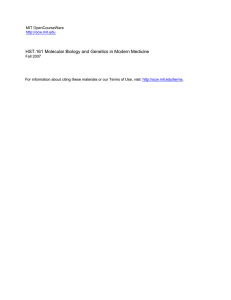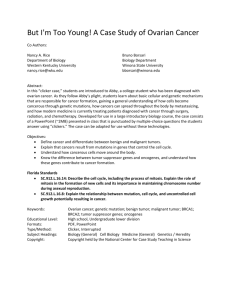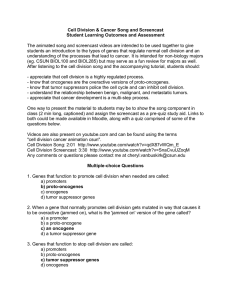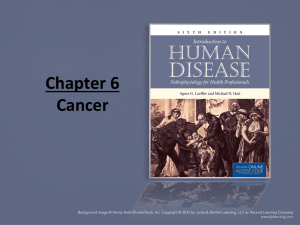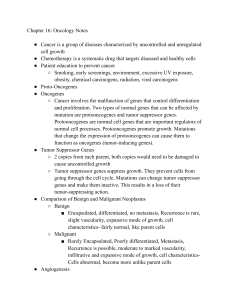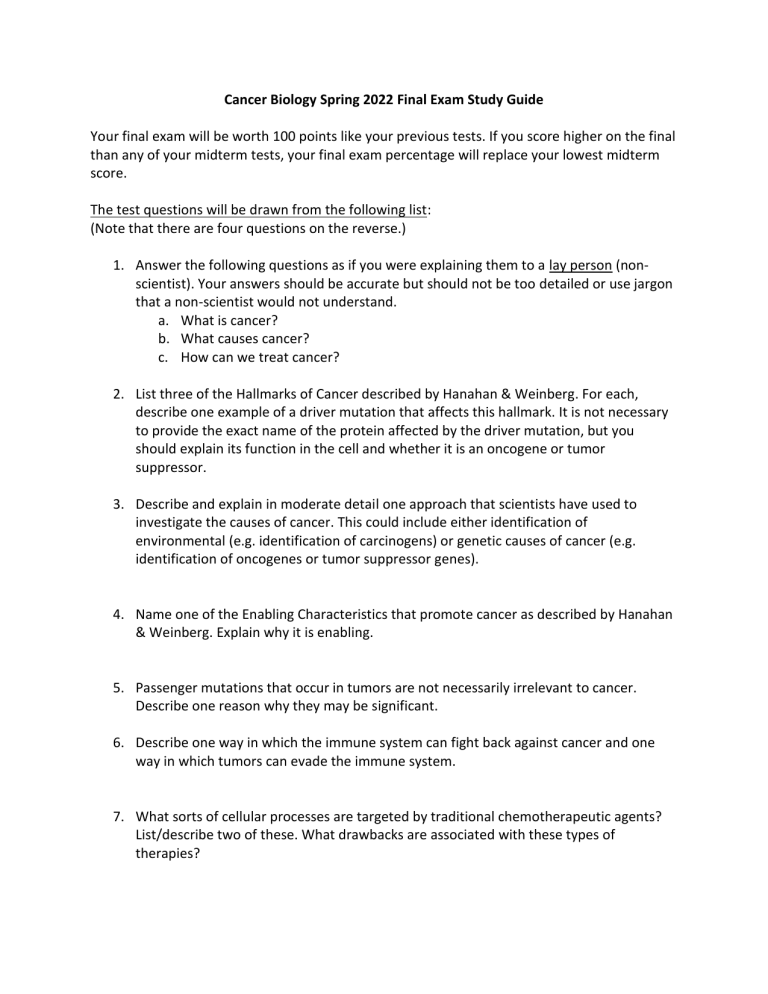
Cancer Biology Spring 2022 Final Exam Study Guide Your final exam will be worth 100 points like your previous tests. If you score higher on the final than any of your midterm tests, your final exam percentage will replace your lowest midterm score. The test questions will be drawn from the following list: (Note that there are four questions on the reverse.) 1. Answer the following questions as if you were explaining them to a lay person (nonscientist). Your answers should be accurate but should not be too detailed or use jargon that a non-scientist would not understand. a. What is cancer? b. What causes cancer? c. How can we treat cancer? 2. List three of the Hallmarks of Cancer described by Hanahan & Weinberg. For each, describe one example of a driver mutation that affects this hallmark. It is not necessary to provide the exact name of the protein affected by the driver mutation, but you should explain its function in the cell and whether it is an oncogene or tumor suppressor. 3. Describe and explain in moderate detail one approach that scientists have used to investigate the causes of cancer. This could include either identification of environmental (e.g. identification of carcinogens) or genetic causes of cancer (e.g. identification of oncogenes or tumor suppressor genes). 4. Name one of the Enabling Characteristics that promote cancer as described by Hanahan & Weinberg. Explain why it is enabling. 5. Passenger mutations that occur in tumors are not necessarily irrelevant to cancer. Describe one reason why they may be significant. 6. Describe one way in which the immune system can fight back against cancer and one way in which tumors can evade the immune system. 7. What sorts of cellular processes are targeted by traditional chemotherapeutic agents? List/describe two of these. What drawbacks are associated with these types of therapies? 8. Recently, there have been a number of developments in the field of immunotherapy for cancer, including both passive immunization and active immunization/ immunostimulation. Describe one of these approaches and how it works (either category). 9. “With recent advances in cancer treatment, most cancers are now curable.” To what extent do you agree or disagree with this statement? Provide evidence to support your opinion. 10. Describe an ethical question related to cancer and state what you think the best answer is. Explain your answer. 11. Choose one oncogene AND one tumor suppressor from the lists below. Describe the function of each of these proteins at the molecular level and clearly link these functions to their roles in promoting cancer. Oncogenes: Ras, IgH-Myc gene fusion, Bcr-Abl gene fusion, Her2, Src, Mdm2, cyclin D, Cdk6, EGF-R. Mek (MAPK), -catenin, HIF1-Twist(or another of your choice) Tumor suppressors: p53, p21/p16, Rb, VHL, NF1, Bax, BRCA1/2, Apc, Chk (or another of your choice)



